Below are all of the blog posts I’ve created for the Learning Modular site. The include instructional videos and articles on important concepts (such as getting started, managing clocks in your modular system, how the different types of FM work, etc.) as well as trade show reports and other writings of interest. To browse a specific category, click on one of the Blog Categories at right.
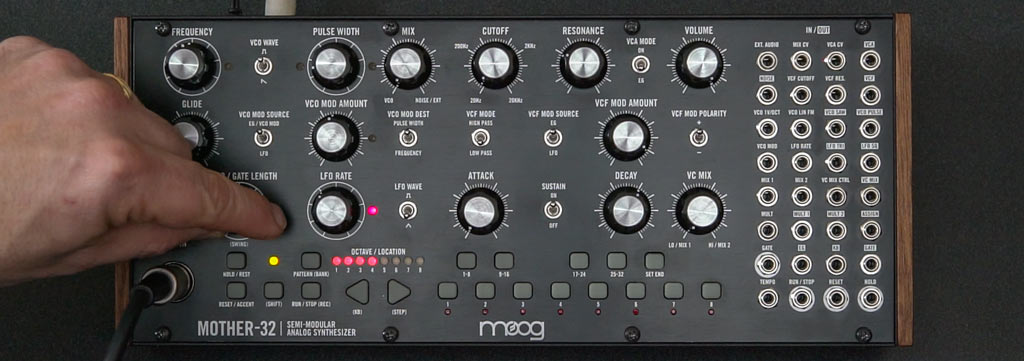
Sequencing Tips for the Moog Mother-32
Most know the Moog Mother-32 as being a neat little semi-modular synthesizer. However, it also contains a step sequencer with lots of nice options. While you’re paused on a note during the creation of a sequence or while editing it after the fact, you can also edit duration, glide, ratcheting (repeats), accents, and rests for that step. In this post, I’ll go over how to access those options and show you how to program ratchets and glides.

Moog Mother-32 QuickStart: Connections, Sections, and Moving to a Eurorack Case
A lot of people have bought Moog Mother-32 semi-modular synths as their entry point to modular synthesis. Therefore, I’m creating a couple of courses based on using the Mother-32 in this environment. Here are two videos excerpted from the first course which will get a Mother-32 owner up and running, including installing it in a Eurorack case.
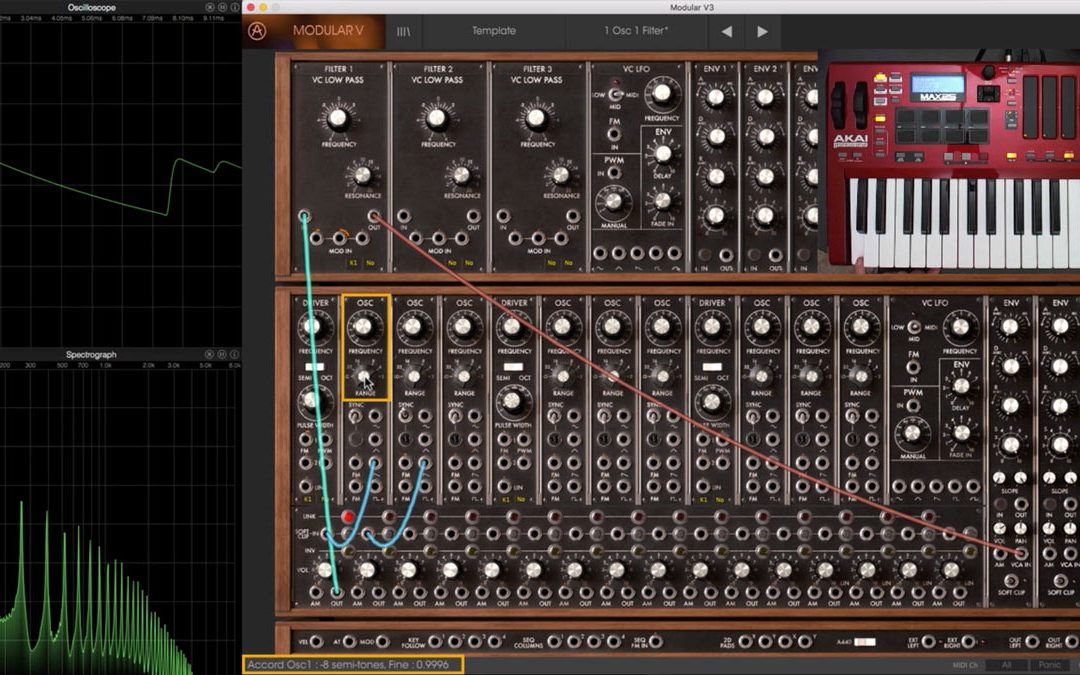
Patching Oscillator Sync with Arturia Modular V
I recently released a course on Lynda.com and LinkedIn Learning on how to use the Arturia Modular V software synth, which is modeled on the old Moog modular systems. In this movie I show how to create a typical oscillator sync patch. A couple of quick tips: In Arturia Modular V, sync is a function of each individual oscillator, rather than the oscillator driver; there is a switch for hard or weak sync (down = hard); and rather than patching the sync source as you would on a physical modular synth, in Modular V you click on an icon for a switch trigger input to bring up a menu to select which oscillator you wish to sync to.
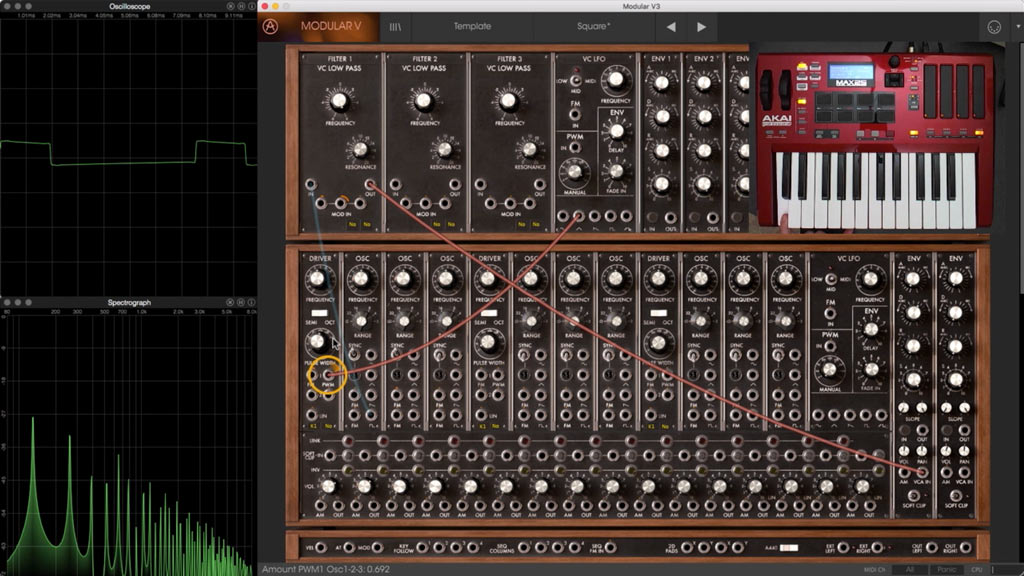
Patching Pulse Width Modulation (PWM) with Arturia Modular V
I recently released a course on Lynda.com and LinkedIn Learning on how to use the Arturia Modular V software synth, which is modeled on the old Moog modular systems. Here I show how to create a typical PWM (pulse width modulation) patch, as well as describe some of the differences in using a Moog modular or the Modular V software compared to a typical Eurorack system.
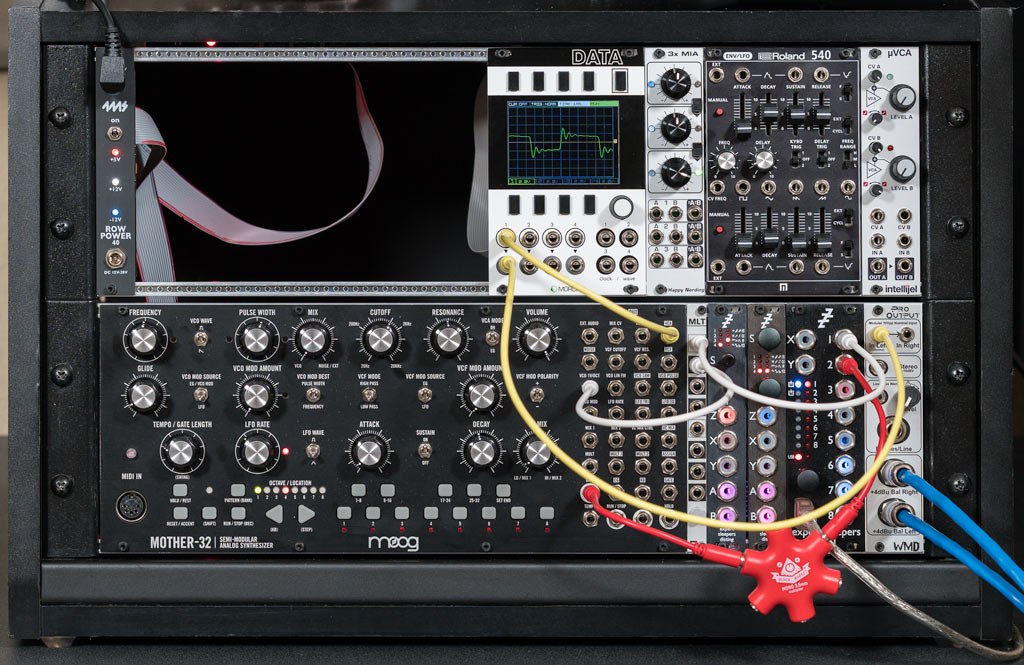
The “Eurorack Expansion” Host Rack
The next big “Learning Modular Synthesis” project is Eurorack Expansion. The idea behind it is that you already have a semi-modular synth or a small modular system, and now you’re wondering what to add next. As the saying goes, you need to walk before you can run. I’ve built up a core set of deceptively boring yet essential modules that will make it easier to interface your core system with the fun new modules you’re dying to try out.

Your First Modular Synthesizer Patch, Using Arturia Modular V
Are you modular-curious? But are you a bit intimidated by the “some – okay, a lot of assembly required” nature of creating sounds from scratch on a modular synth? And do you prefer the safety of your computer screen over racks of gear with dangling patch cords and exposed power busses (at least while starting out)? For those who want to dip a toe into the modular waters without fear of it getting bit off by some unknown creature, I created a “your first patch” video as part of my Learning Modular Synthesis: Arturia Modular V course on Lynda.com.
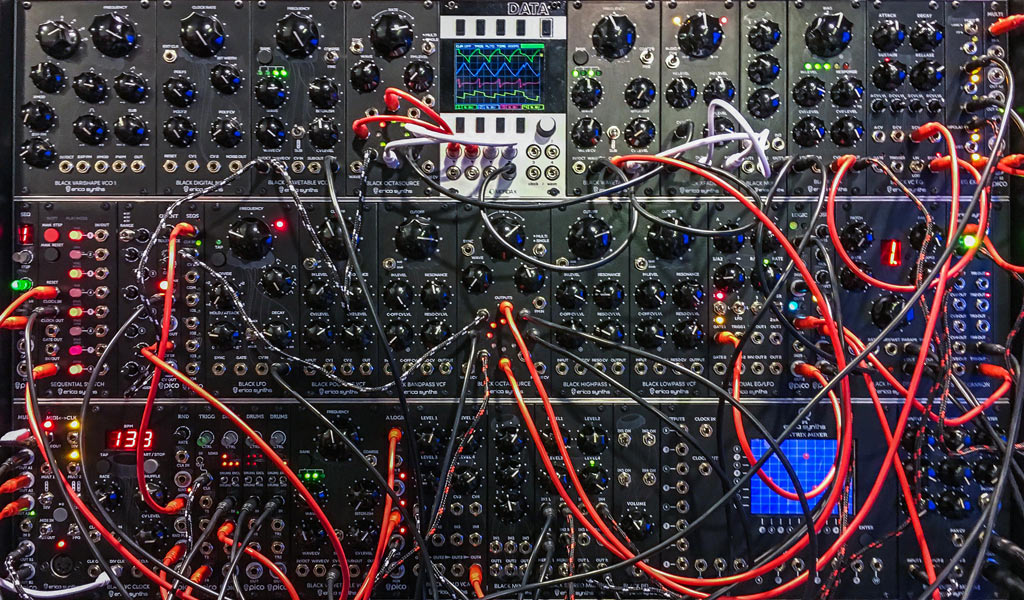
Modular NAMM 2017.9: Quick Shots
Welcome to Part 9 of 9 of Modular NAMM 2017. I’m going to wrap up this year’s marathon reports with a series of quick takes about what a number of other companies were showing this year, including 1010Music, Detachment 3, Division 6, Dreadbox, Erica Synths, Eventide, Koma, Moon, Roland, Synthrotek, and Waldorf.

Modular NAMM 2017.8: Qu-Bit, Noise Engineering, & Vermona
In this installment, I get to share a trio of companies that take a slightly non-standard approach to their modules. Some of the sub-themes that emerged were multiple modules (twin or quad) behind one panel, and taking some interesting approaches to creating rhythms...
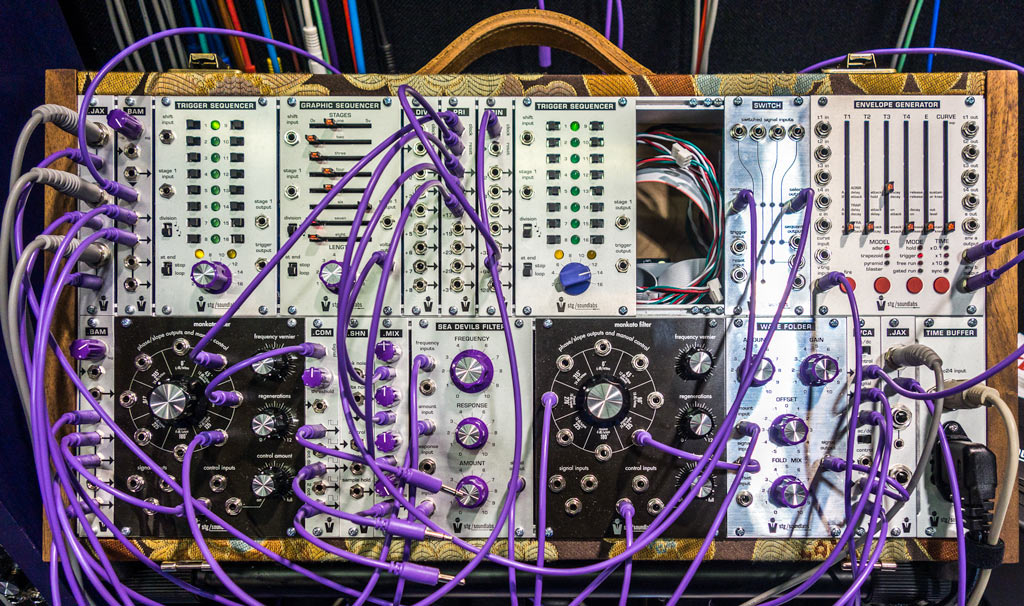
Modular NAMM 2017.7: STG, Doepfer, and Oberheim
If there’s a theme to this installment, it’s promising modules we saw previewed last year (and that we thought were going to ship last year) getting refined and re-introduced this year. I’m not complaining; all benefitted from the additional thought and user feedback. It’s not like there’s an outcry that new modules aren’t being introduced fast enough…
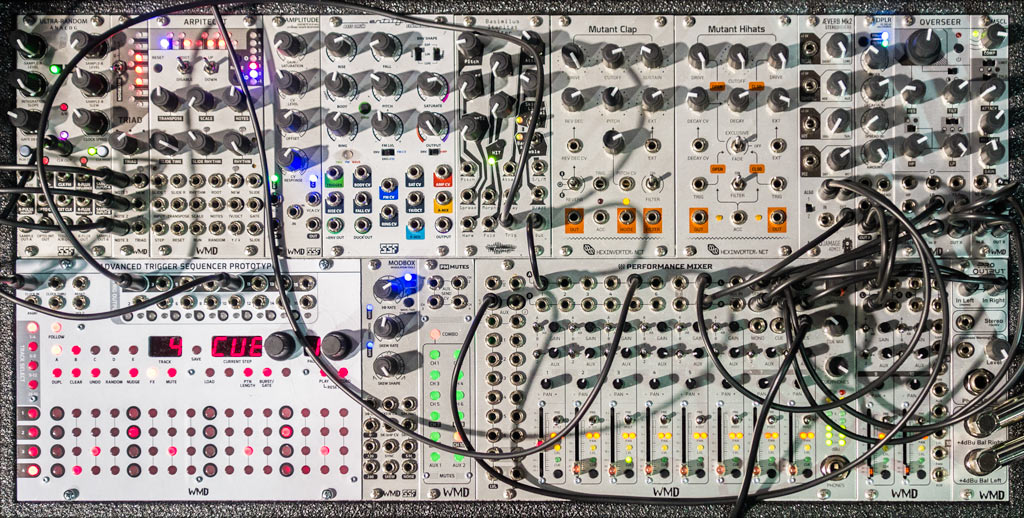
Modular NAMM 2017.6: WMD, 4ms, and Make Noise
After covering a few lesser-known (in the US) European modular companies in the previous installment, this time around I’m going to cover three of the better known US manufacturers. The themes running through this installment are live performance and sample manipulation.
